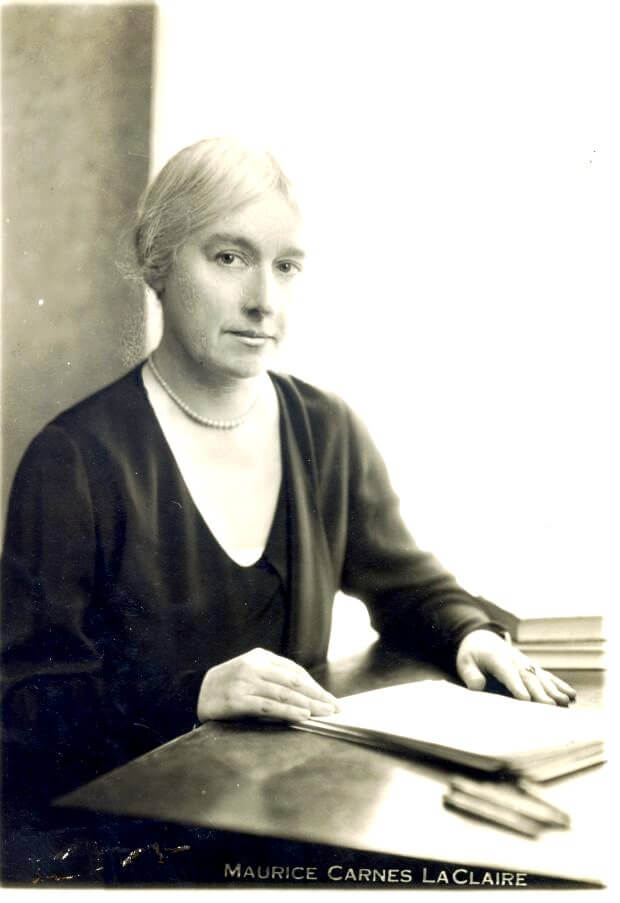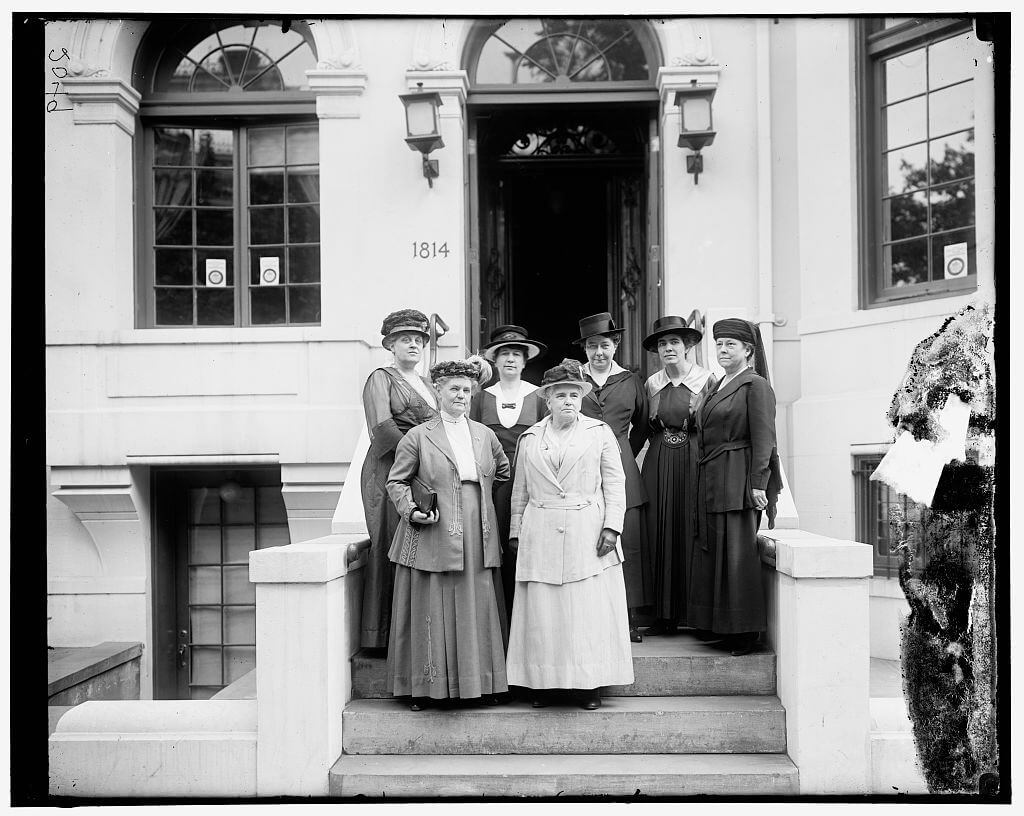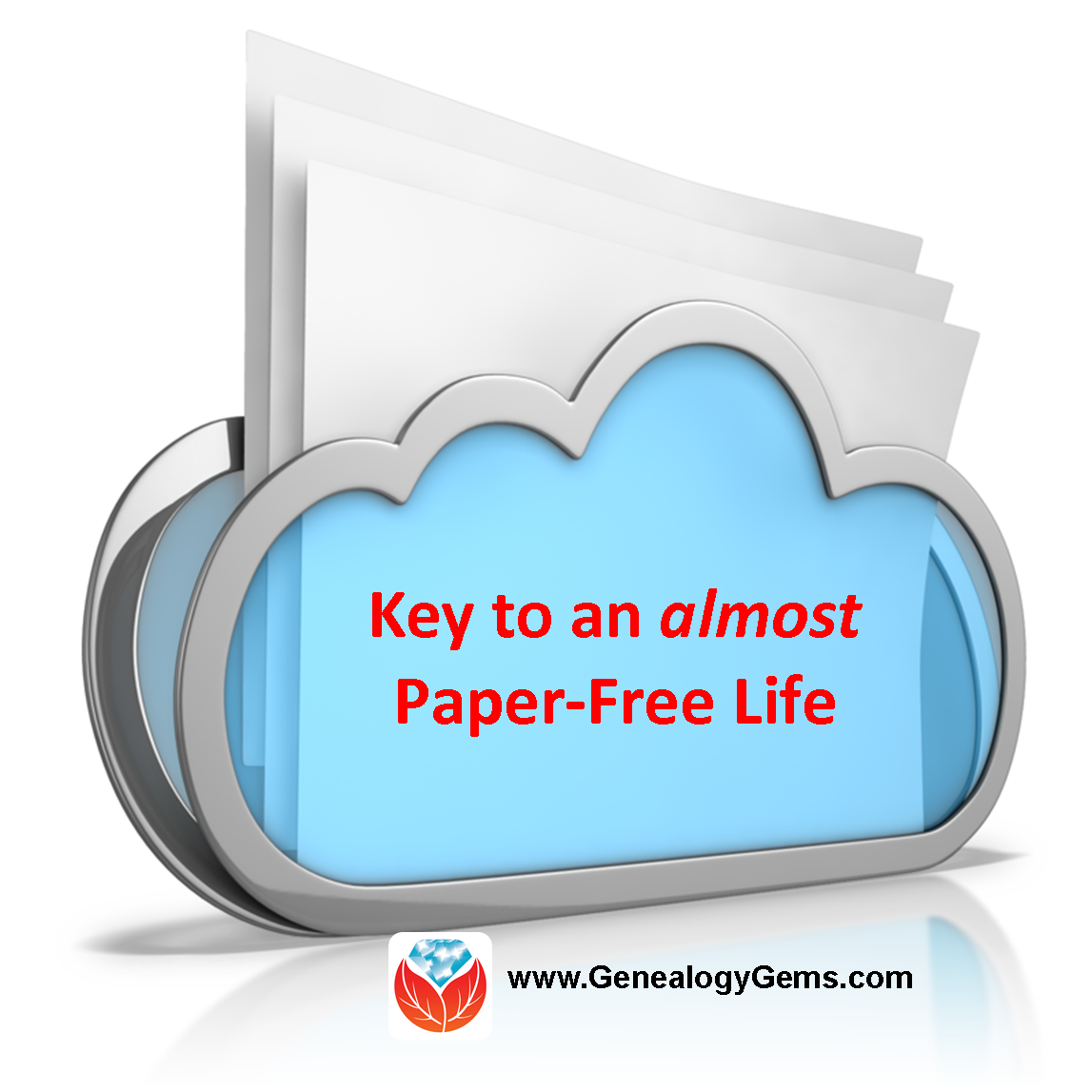New Genealogy Records Online for England, the Netherlands, & More!
Jump for joy! At the top of the list of new genealogical records this week are new collections for Southern English county of Devon. You’ll also be able to explore big updates to vital records collections for the Netherlands. Finally, check out new and updated newspaper titles for Connecticut, Illinois, and more throughout the U.S.!
Featured: Devon County, England Genealogy Records
If your ancestors lived in Southern England, you won’t want to miss these new and updated collections for the county of Devon, available at Findmypast!
Devon Port Books: This brand new collection covers ships administered in the Devon ports of Appledore, Barnstaple, and Bideford between 1595 and 1705.
These records will include names of the ship’s masters and merchants, the ship’s name and the year it was entered in the port book, the ship’s cargo, tonnage, and trade type, and the ship’s registry, administration, departure and destination ports.

Devon Baptisms: This collection of Devon parish registers includes many exclusives you won’t find anywhere else online and has grown again. The latest additions date back to the 1750s, with much of this collection stretching as far back as the 1500s. The additions cover four parish churches in the county:
- Appledore, Independent Chapel
- Appledore, Ebenezer Baptist Chapel
- Appledore, Methodist Chapel
- Bideford, Methodist Circuit

Northam, Devon 1919. Image from Findmypast.
Devon Burials: New additions are from the parish of Northam. Findmypast’s dedicated search page allows you to filter by burial and death year, burial place, denomination and archive, making it quick and easy to find what you’re looking for.
Devon Land Tax and Valuation Records: Did your family own a public house or live and work in an orchard? Land tax records could help you find out. New additions from Northam and Clovelly have been added to this collection. In the records you’ll find information on:
- The land owner’s and occupier’s names
- The year or year range that the events were recorded
- The year the valuation took place
- The sum of money paid on the property
The Netherlands – Updated Records
Ancestry.com has updated their records collections for the Netherlands. These collections consist of indexes held at various archives throughout the Netherlands.
- Birth Index, 1784-1917
- Civil Marriage Index, 1795-1950
- Death Index, 1795-1969
- Burial Index, 1474-1879
Each collection includes a link to the original record on the source website, which is WieWasWie. Ancestry.com does not support or make corrections or changes to the original data. To learn more about these records, please refer to WieWasWie’s website.
Tip: Use the Google Chrome web browser! Google Translate is built-in and you can use it to translate foreign language websites and text. Learn more about busting brick walls with Google:
U.S. Newspapers
- California
- Connecticut
- Illinois
- Texas
Is your family history protected?
As you accumulate more and more genealogy records and data about your family history, you’ll want to be sure that those precious documents are saved from destruction! It’s a good idea to digitize your most important records and papers, in case the originals are lost or damaged.
The next step is to then back up your computer! Lisa uses and recommends Backblaze.com for cloud backup.
For a few dollars a month, Backblaze will continually back up your computer files to a remote server. In the event of any loss (including a computer crash), you can download them again. Learn more and sign up for a free trial at www.Backblaze.com/Lisa!

Lacey Cooke
Lacey has been working with Genealogy Gems since the company’s inception in 2007. Now, as the full-time manager of Genealogy Gems, she creates the free weekly newsletter, writes blogs, coordinates live events, and collaborates on new product development. No stranger to working with dead people, Lacey holds a degree in Forensic Anthropology, and is passionate about criminal justice and investigative techniques. She is the proud dog mom of Renly the corgi.
Disclosure: This article contains affiliate links and Genealogy Gems will be compensated if you make a purchase after clicking on these links (at no additional cost to you). Thank you for supporting Genealogy Gems!
























 Each weekly edition comes out on Wednesday and the cost is $1.50 per paper. However, you can save by signing up for a 6-month, 1-year, or 2-year subscription. They have local and national editions and you can check out all the subscription prices at
Each weekly edition comes out on Wednesday and the cost is $1.50 per paper. However, you can save by signing up for a 6-month, 1-year, or 2-year subscription. They have local and national editions and you can check out all the subscription prices at 





